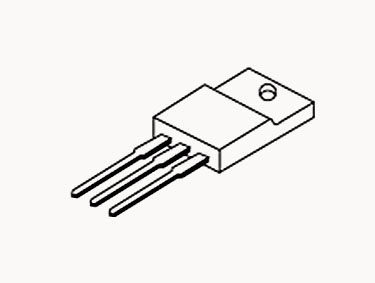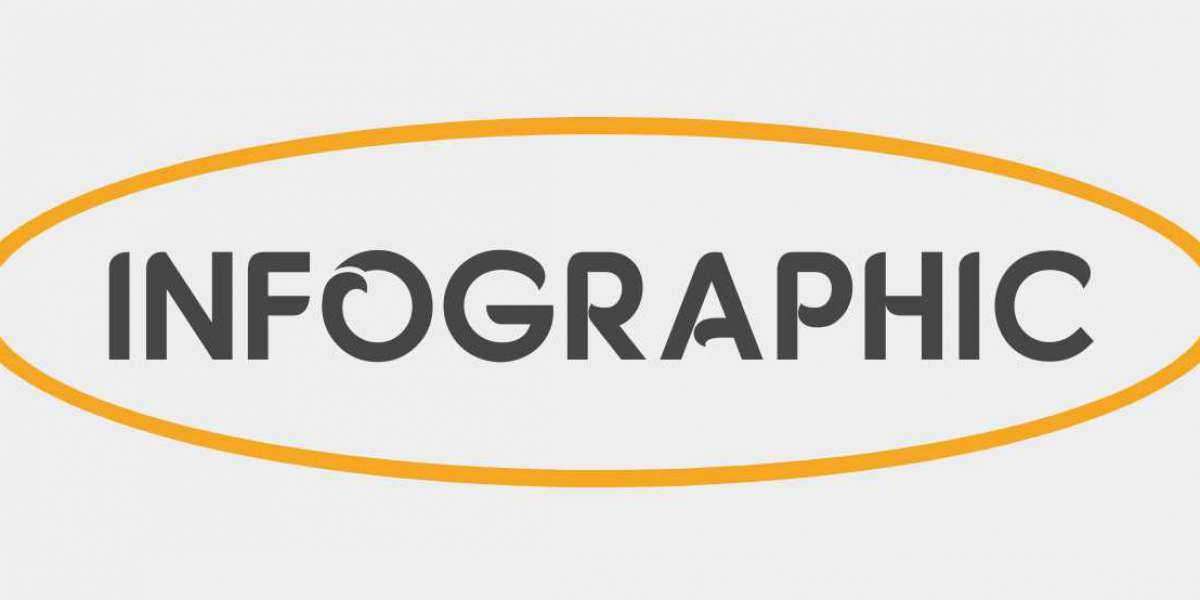Unlocking the Secrets of SMD Darlington Transistors: Applications and Functionality Revealed!
In the ever-evolving landscape of modern electronics, SMD (Surface Mount Device) Darlington transistors have emerged as pivotal components that enhance performance and efficiency. These specialized transistors are designed to amplify current, making them essential in a variety of applications ranging from consumer gadgets to complex industrial machinery. This article will dive deep into the fascinating world of SMD Darlington transistors, exploring their unique structure, functionality, and widespread applications. By the end, you will have a comprehensive understanding of why these components are vital in today’s electronic circuits.

Understanding SMD Darlington Transistors
SMD Darlington transistors are a specific type of transistor configuration that consists of two bipolar junction transistors (BJTs) connected together to form a single device that provides high current gain. Unlike standard transistors, which can amplify current on their own, Darlington transistors achieve even greater amplification by cascading two transistors. This unique structure leads to a significantly higher input impedance and current gain, making them ideal for applications where minimal input current is needed to control larger loads.
In SMD form, these transistors are compact and can easily be integrated into modern circuit boards, which is crucial in today's trend towards miniaturization in electronics. Their small footprint allows for high-density designs, making them especially popular in consumer electronics where space is a premium. Additionally, the thermal stability and robustness of SMD Darlington transistors contribute to their popularity across various sectors, ensuring reliable performance even under demanding conditions.
How SMD Darlington Transistors Work
The operational principles of SMD Darlington transistors hinge on the concept of current amplification through their configuration. When a small input current is applied to the base of the first transistor, it allows a larger current to flow from the collector to the emitter. This larger current then serves as the input for the second transistor, which further amplifies it. The result is a significant increase in output current relative to the input current, often reaching gains of several thousand times.
This amplification process is particularly useful in applications where a weak signal needs to control a much larger load, such as in switching applications or signal processing. My friend, a hobbyist in electronics, once shared how he utilized a Darlington transistor in a simple LED circuit. By using a tiny microcontroller to send a signal, he was able to light up a powerful LED, demonstrating the impressive current amplification capabilities of these transistors. The configuration also ensures that the input signal is effectively isolated from the load, enhancing the circuit's overall efficiency.
Applications of SMD Darlington Transistors
The versatility of SMD Darlington transistors enables their application in various fields. In consumer electronics, they can be found in audio amplifiers and power supply circuits, where their ability to drive larger speakers or components with minimal input current is invaluable. Automotive systems also benefit from these transistors, as they are used in power management systems, including motor drivers for power windows and windshield wipers.
Moreover, in industrial automation, SMD Darlington transistors play a crucial role in controlling actuators and sensors, offering reliable performance in harsh environments. Their ability to switch large loads with high efficiency is critical in manufacturing processes, where precision and reliability are paramount. My neighbor works in a manufacturing plant, and he often mentions how these transistors are vital in the control systems for robotic arms, highlighting their importance in modern automation.
Advantages and Disadvantages
While SMD Darlington transistors provide numerous advantages, such as high current gain and compact size, they are not without their drawbacks. One significant advantage is their ability to operate with low input currents, which makes them ideal for battery-powered devices. Their thermal stability also allows them to handle larger currents without overheating, ensuring longevity and reliability in applications.
However, the main disadvantage is that they can exhibit slower switching speeds compared to standard transistors, which may not be suitable for high-frequency applications. Additionally, the voltage drop across the transistors can be higher, leading to potential efficiency losses in certain circuits. Designers must carefully consider these factors when incorporating SMD Darlington transistors into their projects, balancing the benefits against the limitations to achieve optimal performance.
SMD Darlington Transistors: Key Insights and Future Potential
SMD Darlington transistors are crucial components in the arsenal of modern electronics, providing remarkable current amplification capabilities while maintaining a compact form factor. Their applications span across various fields, from consumer electronics to industrial automation, underscoring their versatility and importance. As technology continues to advance, the role of these transistors will only grow, making it essential for engineers and hobbyists alike to understand their functionality and applications. By leveraging the power of SMD Darlington transistors, we can design more efficient and effective electronic systems, paving the way for innovation in the future.













